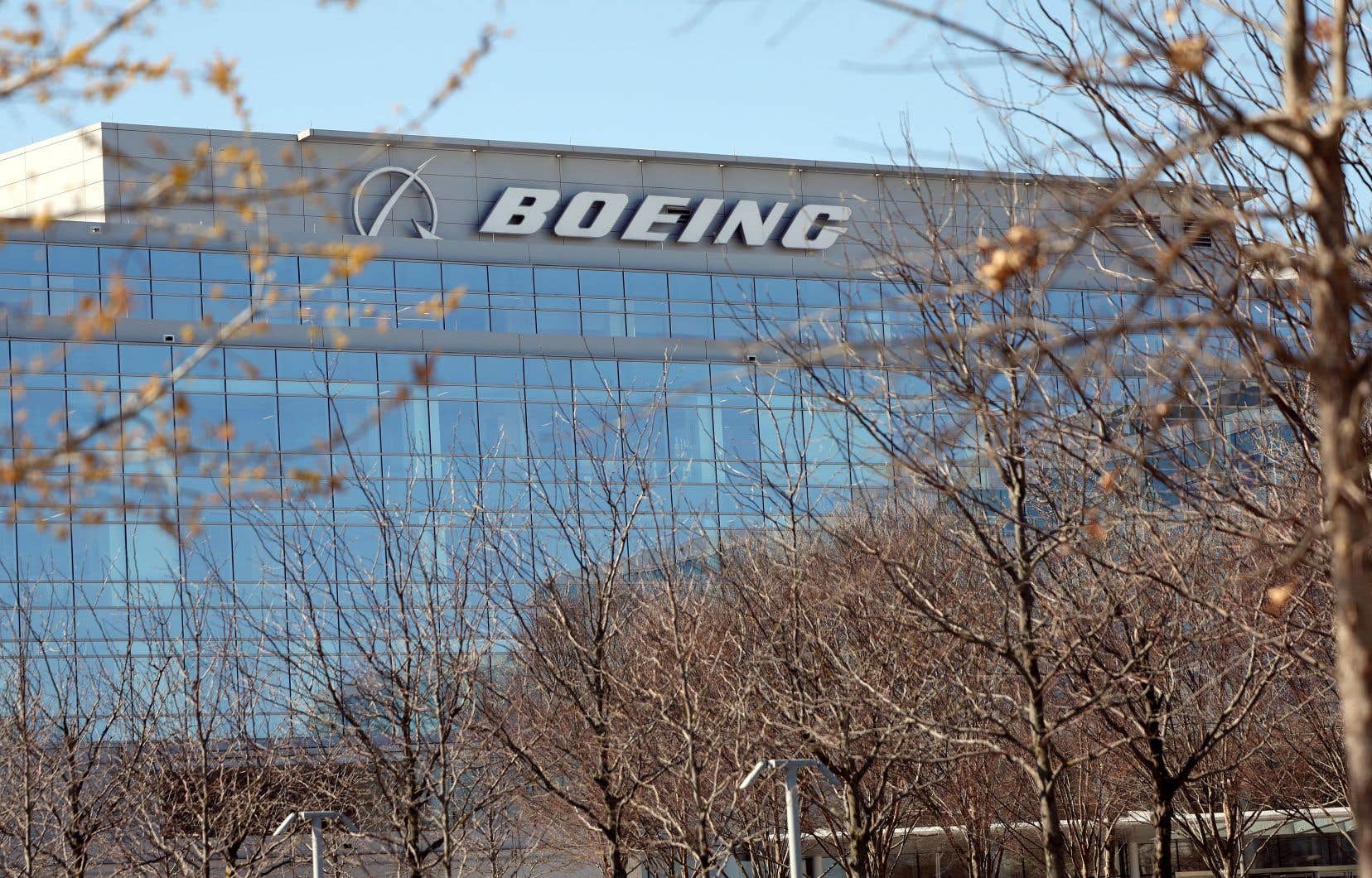Loss of cabin parts in flight, engine problems or mechanical problems, incidents on Boeings have been occurring one after the other for several months. For experts, this is an “unfavorable alignment of the planets” resulting from production and maintenance problems.
The black series
Since the accident on January 5 on an Alaska Airlines Boeing 737 MAX 9 in the United States, when a cap holder came off in flight, eyes have been fixed on the American manufacturer.
United Airlines is particularly concerned: stuck rudder pedals, loss of a tire on takeoff, missing metal part of the fuselage, faulty wind speed indicators, among others.
Low-cost carrier Southwest Airlines also attracted attention when a part of an engine cowling was partially torn off during takeoff. Or Delta, when a tire fell off shortly after the plane rose into the air.
Incidents on aircraft in operation, all manufacturers combined, are not rare throughout the world, but some are sometimes mentioned in the media if spectacular images are available or if there are victims. And, these days, if it is Boeing, but its European competitor Airbus is not far behind.
The exit from the runway on Thursday of a Boeing 737-300 in Dakar (Senegal) left eleven people injured, four of whom were serious.
The day before, the landing gear of a Boeing 767 cargo plane from the American group Fedex did not deploy. The photo of the aircraft, nose on the tarmac of Istanbul airport (Turkey), circulated in the media and on social networks.
Technical causes
For experts, there are three possible problems.
A design problem, first, as was the case for the accidents of two Boeing 737 MAX 8s in 2018 and 2019, which left 346 dead.
On the other hand, the Alaska Airlines incident – which caused a few minor injuries – was due to a production problem. The aircraft, a Boeing 737 MAX 9, was delivered in October.
The preliminary report from the US Transportation Safety Agency (NTSB), released on February 6, revealed that “four bolts intended to prevent the cap holder from moving upwards were missing.”
These bolts had been removed at the Boeing factory to replace damaged rivets.
The third cause, according to experts, is a maintenance problem. And this is the common point of most of the incidents spotted in recent months.
If the first two causes are the responsibility of the aircraft manufacturer, the third is the responsibility of the airline.
“Most certainly” from the quality control of the maintenance company, underlines Bertrand Vilmer, aeronautical expert and consultant at the Icare aéronautique firm.
“Once the planes are delivered, Boeing no longer intervenes,” adds Richard Aboulafia, director of the consulting firm AeroDynamic Advisory, emphasizing the “problem in the maintenance sector throughout the world.”
Should we be worried?
“There has not been a single death for well over ten years in the United States while millions of people take planes every year,” notes Mr. Aboulafia, stressing that a large number of people die on the roads every day.
Airbus is not spared from incidents, including production incidents, such as the presence of a contaminated component in Pratt&Whitney engine parts, which affects hundreds of planes, grounded for many months.
“It is known, but in a small committee”, because it is less publicized, notes Mr. Vilmer, also citing a fuselage painting problem for Qatar Airways.
But “if you look for problems, you will find them”, puts Mr. Aboulafia into perspective, noting that thousands of planes fly every day around the world.
“Every incident that occurred on a Boeing plane this year made headlines, suggesting that Boeing planes are not safe,” analysts at asset manager Bernstein noted at the end of March.
“The reality is that the number of incidents in the United States on Airbus and Boeing planes so far this year is proportional” to the number of their planes in American airline fleets, they say.
According to the specialist firm Cirium, the American commercial fleet currently in service includes 4,769 aircraft, of which 60% are Boeing and almost the entire balance are Airbus.
The Airlines for America trade association reports online that every day, American airlines operate more than 26,000 flights and carry 2.6 million passengers across nearly 80 countries.
